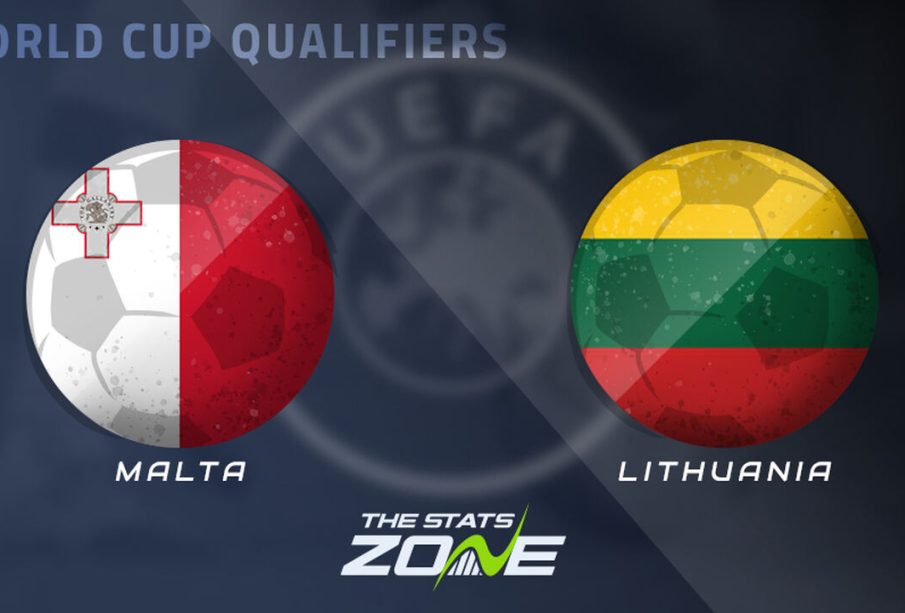Malta vs Lithuania: A Comparative Overview

Introduction
Malta and Lithuania, two distinct European nations, hold their own unique identities, cultures, and histories. While Malta is an island nation situated in the Mediterranean Sea, Lithuania lies in the Baltic region of Northern Europe. Understanding these two nations is crucial, especially as Europe sees increased interconnectedness, trade, and tourism. This article explores the key differences, strengths, and characteristics of Malta and Lithuania.
Geographical Aspects
Malta, known for its stunning coastlines, historic cities, and warm Mediterranean climate, is made up of three islands: Malta, Gozo, and Comino. It has a strategic location in the center of the Mediterranean, making it a popular destination for tourists and historically significant for maritime navigation.
On the other hand, Lithuania is the largest of the three Baltic states and is characterized by its lush landscapes, lakes, and rivers. Its geographical position, bordering the Baltic Sea, has historically influenced its trade routes and cultural exchanges. The capital city, Vilnius, is renowned for its baroque architecture and vibrant cultural scene.
Cultural Heritage
Malta’s culture is a blend of various influences, including those from Italy, North Africa, and its British colonial history. Notable sites include the prehistoric temples of Ħaġar Qim, the ancient city of Mdina, and the capital Valletta, which is a UNESCO World Heritage Site. The Maltese language, a unique blend of Arabic and Italian influences, reflects this cultural diversity.
Lithuania boasts a rich cultural heritage tied closely to its traditions, folklore, and identities, heavily influenced by its history of various occupations. This includes the Grand Duchy of Lithuania and later, the impacts of the Soviet regime. The country is known for its folk music, dance, and the iconic Festival of St. John’s where traditions are showcased.
Economic Factors
The economy of Malta is primarily service-oriented, with significant contributions from industries like tourism, financial services, and trade. Malta’s strategic location continues to promote investment in its maritime and technology sectors, bolstering its economic development.
Lithuania’s economy has been experiencing rapid growth since its independence from the Soviet Union in 1990. It has transitioned from a planned economy to one based on free-market principles, with key sectors being manufacturing, IT, and services. Lithuania has also embraced technology, becoming a hub for startups and innovation in the EU.
Conclusion
In summary, Malta and Lithuania are two nations that, despite their geographic differences and cultural distinctions, contribute richly to the European mosaic. Malta’s Mediterranean charm and historical significance stand in contrast to Lithuania’s vibrant culture rooted in the Baltic. Understanding these nations not only enriches one’s knowledge of Europe but also emphasizes the importance of cultural diversity and cooperation in a globalizing world.









